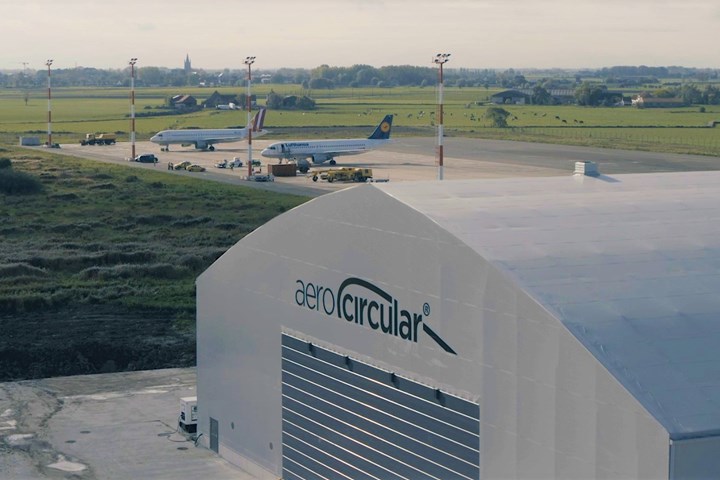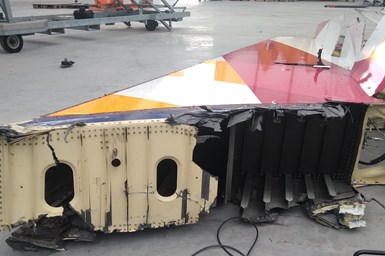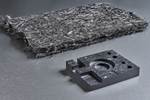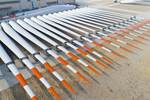ELG Carbon Fibre, Aerocircular N.V. develop closed-loop recycling for EoL aircraft
The initiative estimates that only one-tenth of the energy typically required when producing virgin carbon fiber will be used.

Source | Aerocircular
(Coseley, U.K.), a leader in carbon fiber recycling and (Ostend, Belgium), a young scale-up company introducing the circular economy in the sector of end-of-life (EoL) aircraft announced in July 27 that both companies are joining forces to establish a closed-loop recycling project for EoL aircraft carbon fiber-reinforced plastic (CFRP) waste streams. The companies have signed a memorandum of understanding (MOU) to demonstrate their mutual commitment towards this initiative.
“Today, composite EoL fractions are typically shredded and burned or landfilled,” says Aerocircular CEO, Koen Staut. “By joining forces with ELG Carbon Fibre as an established international player in the field of carbon recycling, the ambition is to establish a closed-loop recycling process of our EoL aircraft carbon composite material stream, maximizing value via a joint approach in further developing the recycling process and new product development using this reclaimed carbon fiber.”

Source | Aerocircular N.V
Stein Janssens, R&D director adds, “This collaboration with ELG will allow a robust, economically viable recycling flow with impact on industrial scale. Doing so, every ton of carbon fiber from the aircraft we process to new material, saves 20 tons of global warming potential [GWP] carbon dioxide equivalent [CO2eq] at only one-tenth of the energy required compared to producing virgin carbon fiber.”
“Recycling post-industrial waste from aircraft manufacturing activities has demonstrated the economic, technical and environmental benefits that this new class of materials can deliver,” says Frazer Barnes, managing director of ELG Carbon Fiber. “By working with Aerocircular and expanding our activities into post-consumer waste from end-of-life aircraft, we are preparing to address the challenge that will be faced when carbon fiber intensive structures reach the end of their lives. This is an important step in ensuring that the carbon fiber composites industry plays its part in meeting the environmental challenges we all face.”
Related Content
-
ZEBRA project demonstrates closed-loop wind recycling system
Consortium partners have proven the complete recycling of thermoplastic wind turbines via two manufactured wind blades, featuring reduced operating cost, CO2 emissions.
-
Trends fueling the composites recycling movement
Various recycling methods are being considered for composites, from novel dismantling and processing, to building capacity and demonstrating secondary use applications.
-
DITF oriented rCF tapes target virgin fiber CFRP substitution
Infinity project developed highly oriented rCF/PA6 tapes with 88% the tensile strength, modulus of a virgin CFRP product and 49-66% reduction in global warming potential.



